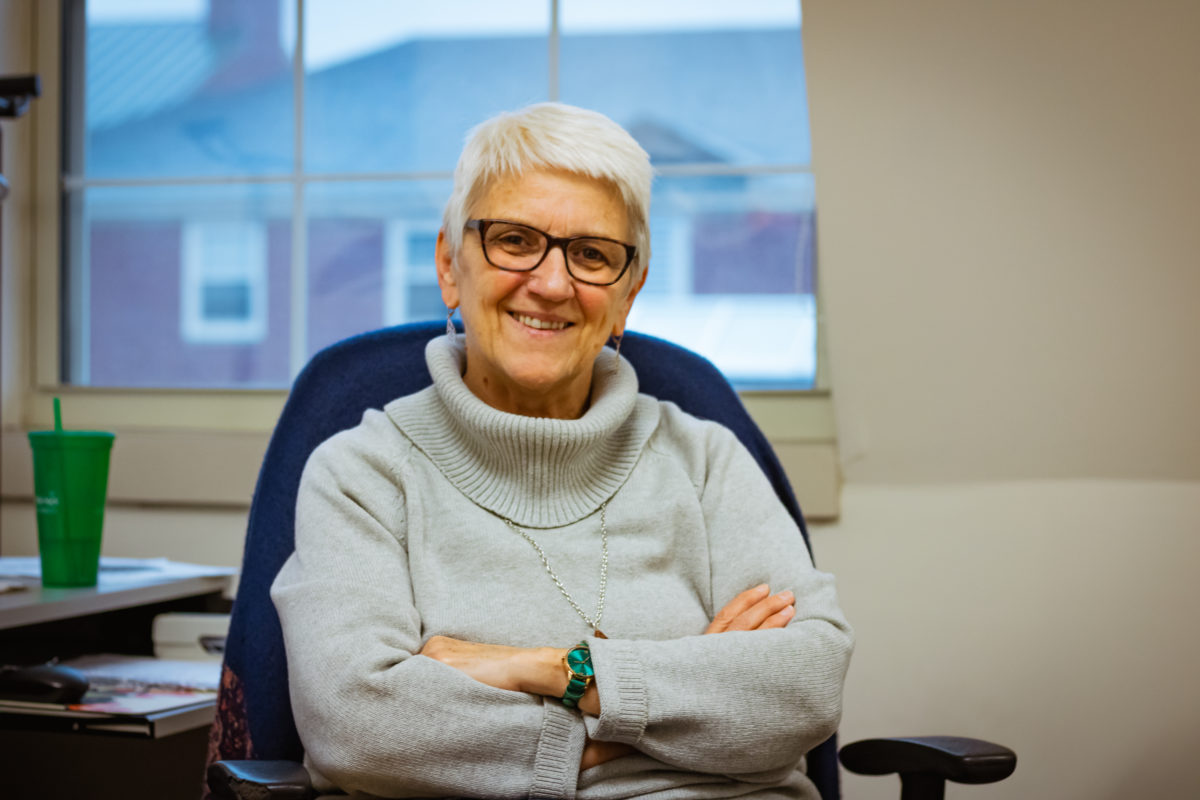
On March 14, newly sworn in Prime Minister Mark Carney announced plans to scrap the consumer carbon tax, which incentivised Canadians to decrease their burning of fossil fuels.
The tax will be removed on April 1. Eligible individuals will get their last carbon rebate cheques starting on April 22.
Carney’s announced climate plan proposes that it will provide incentives for consumers and put more burden on the big polluters, helping Canadians save more money while reducing greenhouse gas emissions.
Janice Harvey, an environment and society professor at St. Thomas University, said that this proposed plan is focused on energy efficiency in households and for industry.
“Our future depends on getting off oil and gas. Carney has not said that. Everything that he is talking about in his policy is good; I wouldn’t disagree with anything that he has suggested,” said Harvey.
“The difference is that he is not admitting that we have to go further to actually transition off of fossil fuels.”
Harvey has an interdisciplinary PhD in eco-political discourse and was a member of the Premier’s Round Table on Environment and Economy from 1992 to 2002.
What does the plan consist of?
The prime minister isn’t new to climate action, as he was part of the United Nations’ special envoy for Climate Action and Finance from 2019 to 2025. Carney also launched the Glasgow Financial Alliance for Net Zero in 2021, which is a group of banks and financial institutions that are working to combat climate change.
The proposed plan includes the introduction of renewable substitutes for technology such as heating systems, more investment in clean energy where people may be paid to bring down their use of fossil fuels as an energy source and making big polluters pay for burning fossil fuels.
The goals of the plan are supposed to take the brunt of climate change incentives off the average person and put more emphasis on huge oil and gas companies that are emitting the most greenhouse gas.
Its outlined objective is to maintain Canada’s emission reduction goals, which aims for net-zero emissions by the year 2050.
Additionally, the new climate plan proposed the introduction of a mandate on broad coverage of climate risk disclosure for companies across Canada to assess climate risks that will help them make decisions toward a sustainable economy.
It also said that Carney’s government would try to strengthen existing commitments like the oil and gas methane regulations through work with provincial and territorial governments.
The Liberal Party leader’s press release proposes that these investments will help consumers afford more energy-efficient appliances, better home insulation and electric cars.

“We have to move away from fossil fuels as a society – as a country, we got to stop burning that stuff or the planet’s going to burn,” said Harvey.
According to her, Canadians should consider each candidate’s climate plan heading into the federal election that is slated to take place on April 28.
Why is this plan needed?
On Jan. 10, the World Meteorological Organization (WMO) announced that 2024 was the hottest year on record.
The WMO also revealed that the world’s global temperature has risen approximately 1.5 degrees above the pre-industrial level, which surpassed the threshold that was put forth by the Paris Agreement, in which the Earth may never reverse.
The Paris Agreement is a legally binding international treaty on climate change. This treaty has been adopted by 195 parties, including Canada, at the UN Climate Change Conference in 2015. It came into effect the following year.
The aim of the agreement is to stop the increase of the global average temperature to halt the effects of climate change, with the goal of keeping the average global temperature below 2 degrees above pre-industrial levels.
The Canadian Centre for Climate Modelling and Analysis is predicting that 2025 will be the hottest year yet.
This consequence is the rise in overwhelming climate disasters and more unusual weather patterns.
Harvey said that Canadians experiencing extreme weather events such as wildfires, droughts, flash floods, sea ice melting faster than usual, extreme heatwaves, etc. in the past few years must vote for their future.
“We can only act in our own backyard. We can’t control what any other country does,” she said.
Harvey said that the process of transitioning from burning fossil fuels and being dependent cannot happen overnight, yet that the process must first start with having this realization as a goal.
“People are being killed by this abnormal climate and the more emissions that get pumped into the atmosphere … like carbon dioxide, methane, nitrous oxide. The higher the average global temperature goes, the more violent our climate becomes,” she said.
